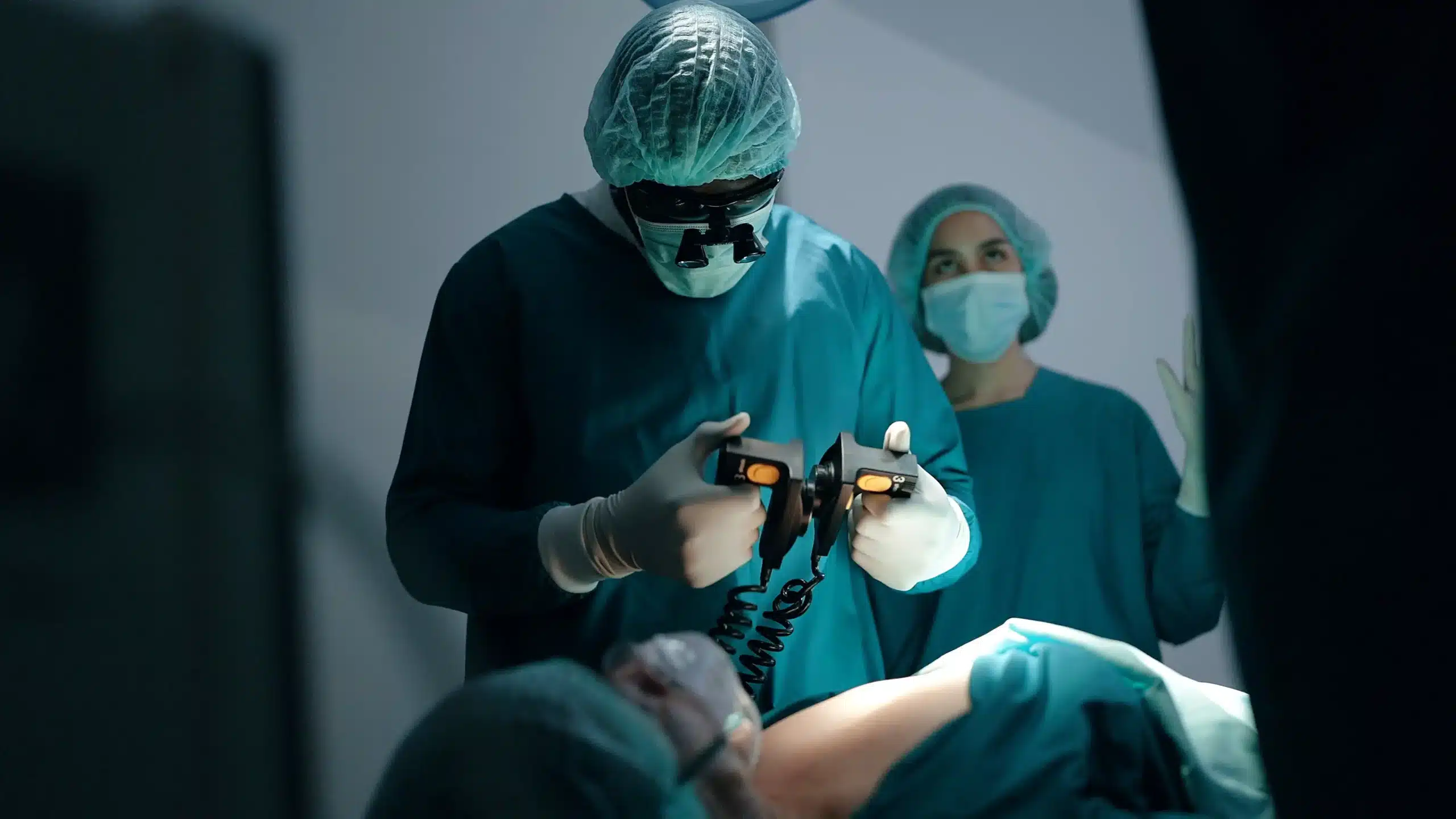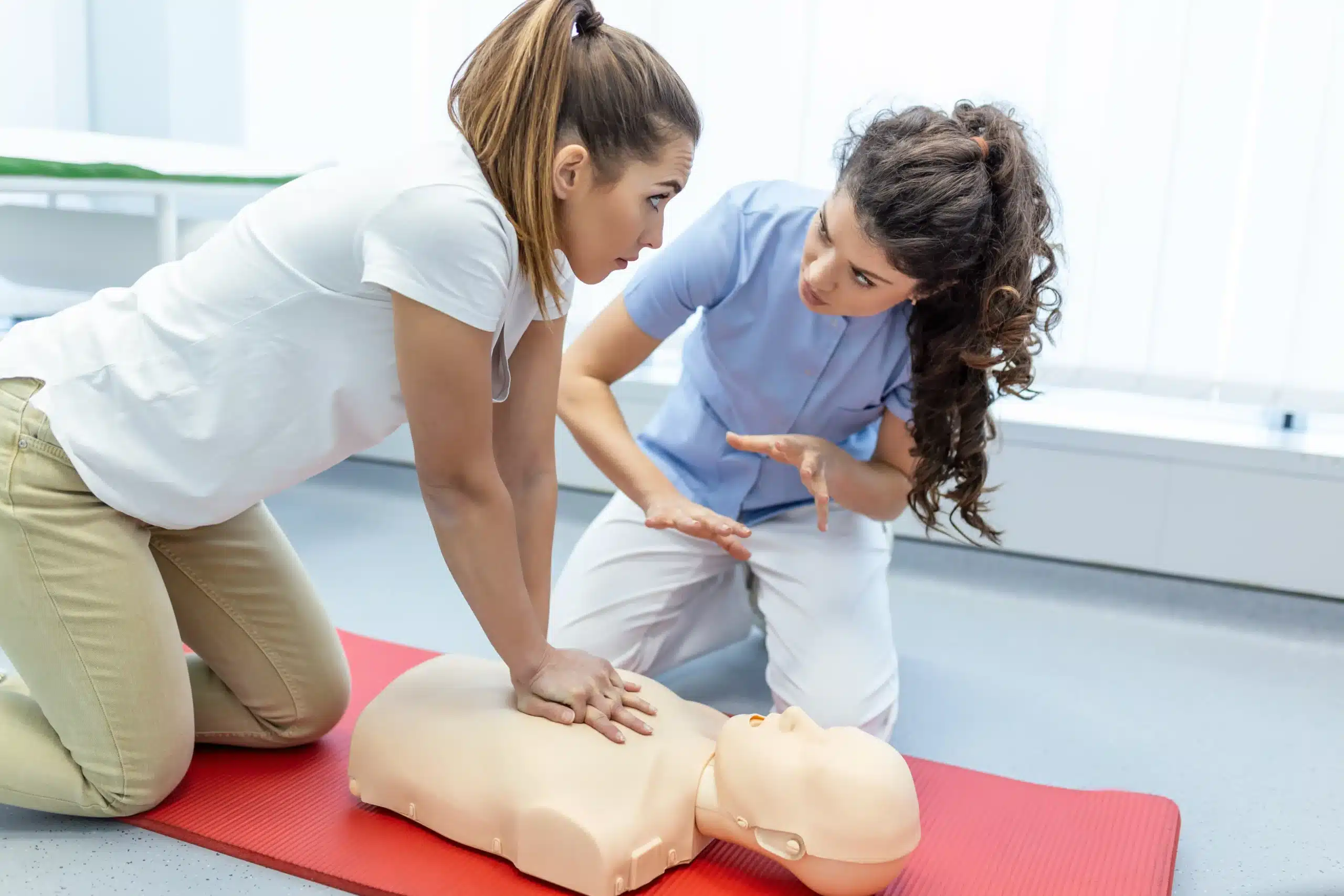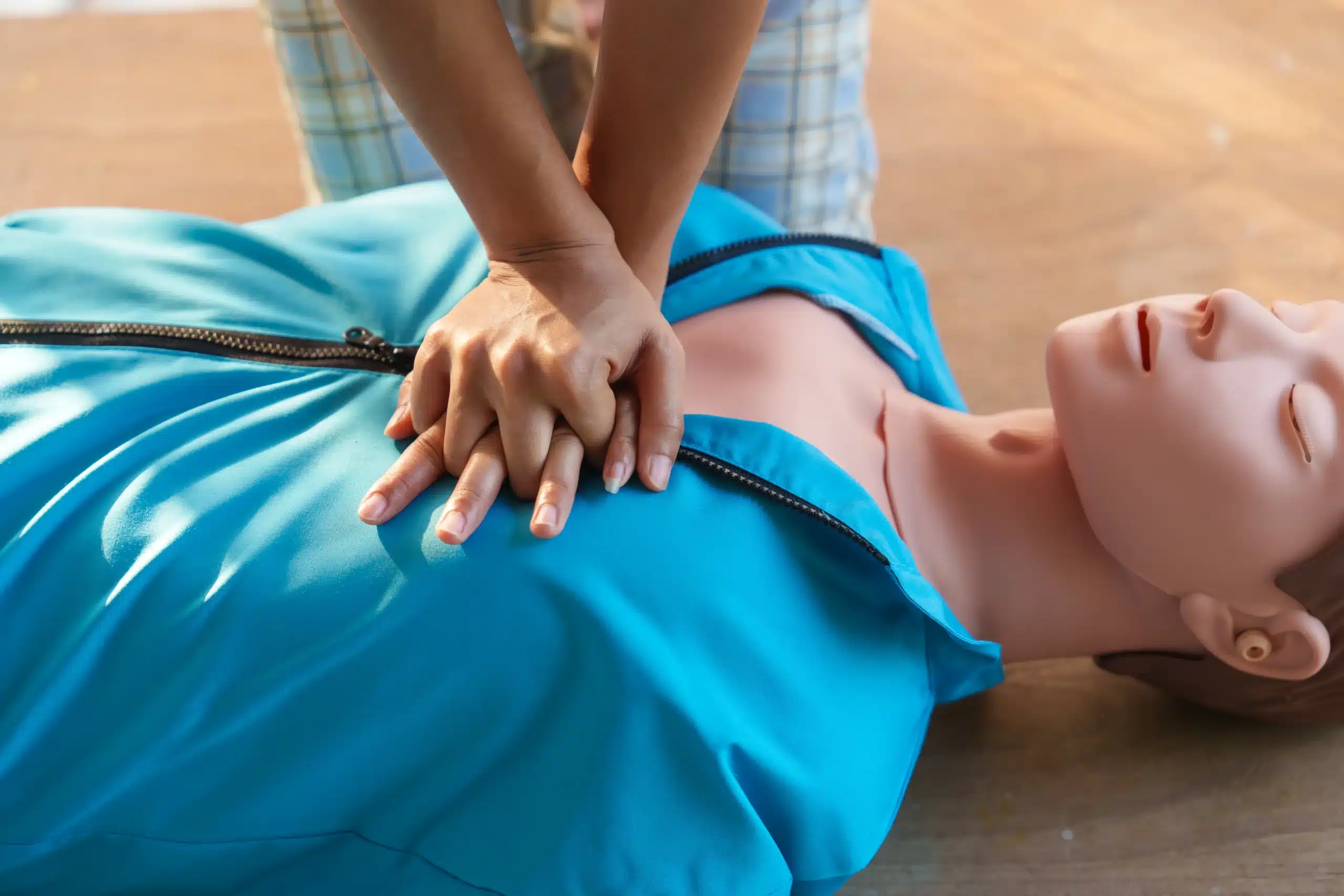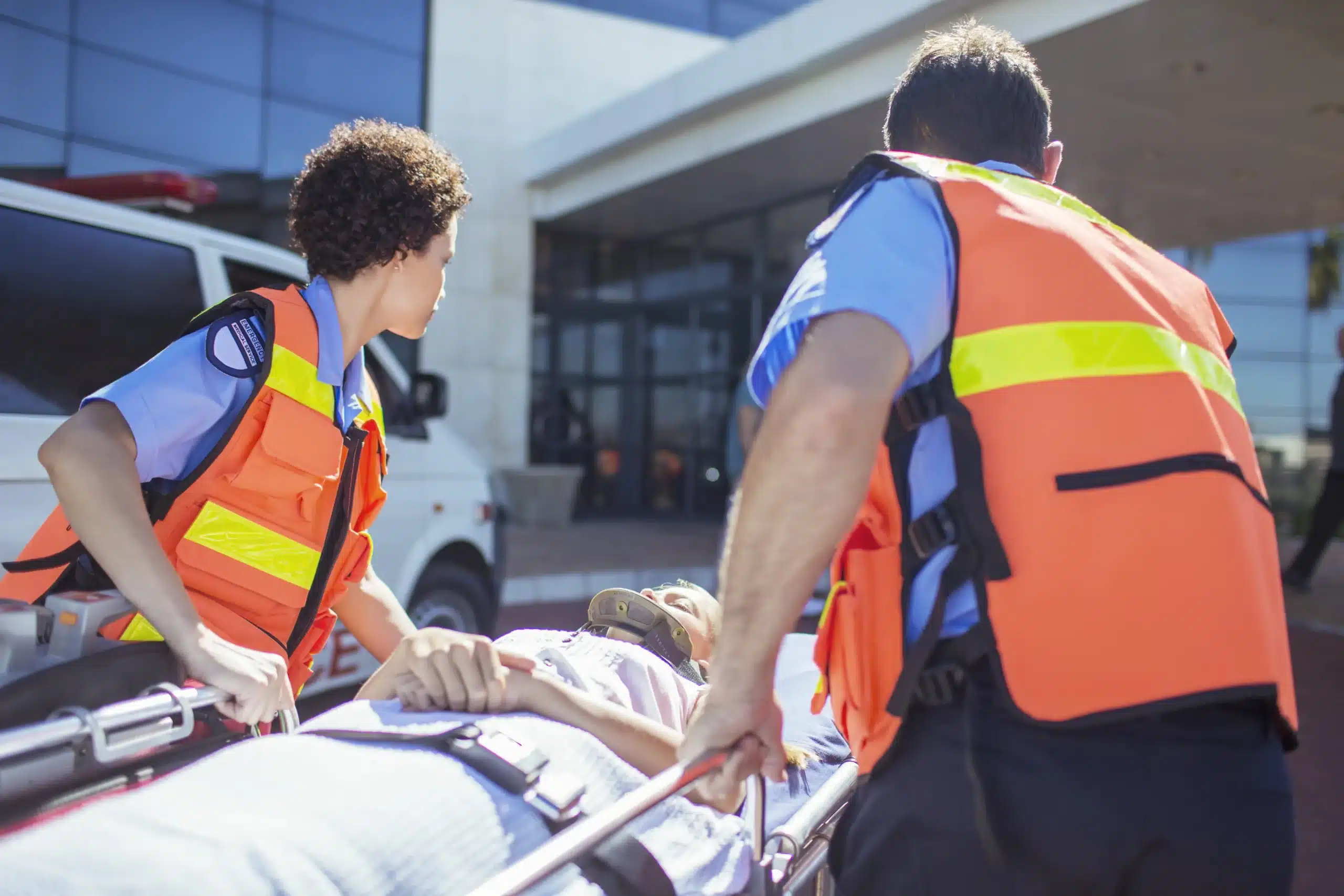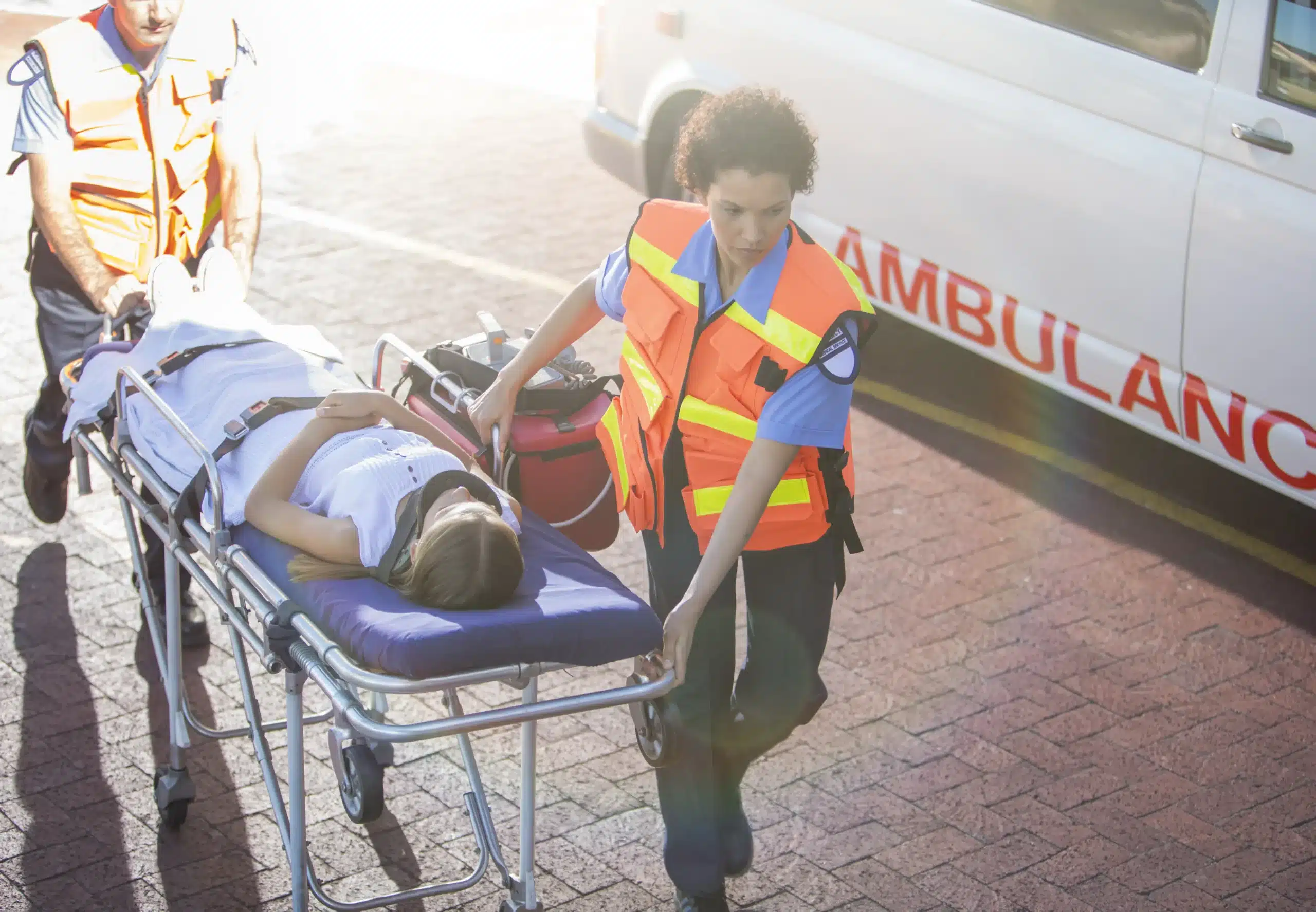Knowing basic life support can be the difference between life and death in a medical emergency. This guide is your resource for understanding and obtaining BLS certification in Sacramento. We’ll explore the importance of BLS training, the skills you’ll acquire, and how to choose the right course in Sacramento. We’ll also delve into the costs of BLS training, compare different course formats, and discuss the certification process. Whether you’re a healthcare provider seeking to maintain your skills, need BLS for your job, or simply want to be prepared for emergencies, this guide will help you find the perfect basic life support training in Sacramento.
Key Takeaways
- BLS skills are essential for everyone: Whether you’re a healthcare professional, required by your workplace, or simply want to be prepared, BLS training provides you with the ability to respond confidently during medical emergencies. These skills can make a real difference in life-threatening situations.
- Choose a BLS course that fits your needs and budget: Consider factors like course format (in-person, hybrid, or online), certification type (initial or renewal), and cost when selecting a program. Providers like Safety Training Seminars offer a range of options to meet diverse needs and budgets.
- Prepare for your BLS training and maximize your learning: Review any pre-course materials provided, come prepared with a few essentials like your ID and a notebook, and actively participate in hands-on practice during the course. This preparation will help you confidently apply your new skills when they matter most.
What is Basic Life Support (BLS)?
Basic Life Support (BLS) is a crucial set of lifesaving skills for responding to emergencies like cardiac arrest, respiratory distress, and choking. BLS training teaches essential techniques like high-quality chest compressions, rescue breaths, and how to use an automated external defibrillator (AED). This training is vital for healthcare providers and first responders, equipping them to handle life-threatening situations. The American Red Cross explains that BLS certification goes beyond standard CPR, designed for healthcare professionals and building upon CPR techniques with additional skills for managing cardiac arrest, respiratory distress, and airway obstructions.
BLS courses cover recognizing life-threatening emergencies, performing high-quality chest compressions, providing rescue breaths, and correctly operating AEDs. NorCal Emergency Medical Training highlights that these courses are instructor-led and hands-on, using the latest AHA guidelines. While essential for healthcare professionals, BLS certification also has a broader community impact. Having more people trained in BLS significantly increases survival rates for those experiencing cardiac events. Research shows a strong correlation between bystander BLS and improved outcomes after out-of-hospital cardiac arrest, emphasizing the importance of widespread BLS training.
Why BLS Training Matters
Basic Life Support (BLS) training equips you with the skills to respond effectively during life-threatening emergencies like cardiac arrest, respiratory distress, and choking. While often associated with healthcare providers, BLS certification is valuable for anyone who wants to be prepared to help in a crisis. Learning BLS means you’ll understand how to use an automated external defibrillator (AED), perform basic airway management, and assist someone who is choking. These are skills that can dramatically improve the outcome of an emergency. BLS certification empowers you to make a real difference when seconds count.
Studies show that bystander intervention with BLS significantly increases the chances of survival after out-of-hospital cardiac arrest. Even basic interventions can have a major impact while waiting for professional medical help to arrive. BLS training goes beyond standard CPR, providing a more comprehensive skill set to manage various medical emergencies. It emphasizes practical application through simulations and team activities, building your confidence and reducing the potential for errors in high-pressure situations. Regular review and recertification are key to maintaining these life-saving skills. Whether you’re a healthcare professional, a childcare provider, or simply someone who wants to be prepared, BLS training offers invaluable skills. Consider getting your BLS certification to gain these essential skills and contribute to a safer community.
Top BLS Training Providers in Sacramento
Finding the right BLS training provider is crucial for receiving quality instruction and obtaining a valid certification. Here’s a look at some of the leading BLS training providers in Sacramento:
Safety Training Seminars
Safety Training Seminars is a woman-owned American Heart Association (AHA) Training Center offering various certification courses, including BLS, ACLS, PALS, CPR, and First Aid. They focus on providing high-quality training at affordable prices, boasting the lowest prices in Sacramento County with a low price guarantee. Classes are available seven days a week, catering to busy schedules. Safety Training Seminars serves Sacramento, Roseville, and Rocklin, making it a convenient option for residents in these areas. Learn more about their BLS certification course.
American Red Cross
The American Red Cross is a well-known provider of BLS training in Sacramento. They offer a blended learning experience, combining online coursework with in-person skills sessions. This approach allows for flexible learning and hands-on practice. Explore their BLS course options in Sacramento.
CPR Certification Sacramento
CPR Certification Sacramento provides AHA-certified CPR and First Aid classes, including BLS. They offer both classroom-based courses and on-site training for groups, providing flexibility for different learning preferences and organizational needs. A key advantage is their same-day certification card processing. Visit their website for more information.
NorCal Emergency Medical Training
NorCal Emergency Medical Training offers BLS for Healthcare Providers in Sacramento, Roseville, and Rancho Cordova. This course is tailored to healthcare professionals and covers advanced life support skills such as recognizing life-threatening emergencies, performing chest compressions, providing ventilation, and using an AED. Learn more on their BLS training website.
Compare BLS Course Options
Choosing the right BLS course depends on your specific needs and learning style. Let’s break down the key differences between course types to help you make the best decision.
Initial Certification vs. Renewal
First, determine if you need initial BLS certification or recertification. If you’ve never been certified, you’ll need an initial course covering all the fundamental skills. These courses are more comprehensive and build a strong foundation in BLS principles. If your certification is expiring, a renewal course will refresh your knowledge and update you on any new guidelines. Renewal courses are typically shorter, focusing on key skills and changes in protocols. Safety Training Seminars offers both BLS certification and recertification courses to meet your needs.
In-Person vs. Online vs. Hybrid Courses
BLS courses are offered in various formats, each with its own advantages. In-person classes provide hands-on training and direct interaction with instructors, allowing for immediate feedback and personalized guidance. Online courses offer flexibility, allowing you to learn at your own pace and on your own schedule. However, online-only courses typically don’t include a hands-on skills assessment required for some certifications. Hybrid courses combine online learning with an in-person skills session. This blended approach provides flexibility while ensuring you meet the practical requirements for certification. For those who prefer a traditional classroom setting, Safety Training Seminars offers in-person BLS training in Sacramento.
Course Duration and Time Commitment
The time commitment for BLS training varies depending on the course format and provider. In-person courses typically range from two to three hours, covering both theoretical knowledge and practical skills. Online components of hybrid courses can vary in length, allowing you to complete the coursework at your own speed. The in-person skills sessions for hybrid courses are generally shorter than full in-person classes. When considering your options, factor in travel time to and from the training location for in-person and hybrid courses. Safety Training Seminars understands the value of your time and strives to provide efficient and effective BLS training without compromising quality.
What to Expect in a BLS Course
Getting ready to take a BLS course? Here’s a preview of what you’ll learn and experience:
Core Skills You’ll Learn
BLS courses cover the essential skills needed to respond to life-threatening emergencies. You’ll learn how to use an automated external defibrillator (AED), perform CPR (cardiopulmonary resuscitation), and manage a patient’s airway. These core skills empower you to provide immediate assistance to someone experiencing cardiac arrest, respiratory distress, or choking. It’s about equipping you with the knowledge and confidence to make a real difference in critical situations. Sign up for a BLS course today.
Hands-On Practice and Simulations
BLS courses aren’t just about lectures and textbooks. Expect significant hands-on practice using mannequins and realistic simulations. Instructor-led training creates a supportive environment where you can develop muscle memory and refine your techniques. Simulations allow you to apply your skills in scenarios that mirror real-world emergencies, building your confidence and preparing you to react effectively under pressure. This practical approach is key to mastering BLS skills and feeling prepared to use them. Check out our BLS course options.
Learning Outcomes and Skill Application
The goal of BLS training is to ensure you retain these life-saving skills and can apply them confidently. Studies show that pre-training evaluations and feedback, along with reflective practice, significantly improve skill retention and boost confidence. A good BLS course will not only teach you the techniques but also help you understand the “why” behind them. This deeper understanding, combined with hands-on practice, empowers you to act decisively and effectively in emergencies. You’ll walk away with the skills and the confidence to provide critical care when it matters most.
BLS Training Costs in Sacramento
Understanding the cost of BLS training is an important part of choosing the right course. Let’s break down the typical price range in Sacramento and explore some ways to find the best value.
Average Pricing
BLS certification courses in Sacramento vary in price, depending on the provider and what’s included. You’ll find options ranging from around $60 to $80 for basic BLS CPR and AED training. Providers like CPR Certification Sacramento offer a combined BLS CPR, AED, and First Aid course for a slightly higher fee—around $80. These certifications are typically valid for two years. Remember that your course fee covers essential materials and your official certification card.
Potential Discounts and Promotions
While the American Red Cross doesn’t offer discounts specifically for BLS certification courses, they sometimes run promotions on training materials. Check their website for potential savings on books, DVDs, and other emergency preparedness items. This can be a helpful way to reduce the overall cost of your training if you choose to supplement your course with additional resources.
Safety Training Seminars’ Low Price Guarantee
At Safety Training Seminars, we believe that high-quality BLS training should be accessible to everyone. We’re committed to offering the lowest prices in Sacramento County and back it up with our low price guarantee. We offer several BLS courses to fit your needs, including options that combine BLS with First Aid training. You’ll receive an official American Heart Association certification card, valid for two years, upon completion. Contact us today to learn more about our current pricing and available course dates.
Choose the Right BLS Course
Finding the right BLS course depends on your specific needs and goals. Whether you’re a healthcare provider, meeting workplace requirements, or simply want to be prepared for emergencies, understanding the different types of BLS courses available will help you make the best choice.
Healthcare Professionals
For healthcare professionals like doctors, nurses, EMTs, and other first responders, BLS certification is often a job requirement. BLS certification courses for healthcare providers cover comprehensive techniques, including CPR, handling cardiac arrest, managing respiratory distress, and clearing airway obstructions. These courses go beyond basic CPR, equipping healthcare workers with the advanced knowledge to provide effective life support in professional settings. The American Heart Association sets the standard for BLS training, ensuring that certified professionals have the skills to respond effectively in critical situations.
Workplace Requirements
Some workplaces require BLS certification even for employees outside of direct healthcare roles. This ensures a baseline level of preparedness for medical emergencies in any environment. If your workplace mandates BLS training, check with your employer about specific requirements. The American Heart Association RQI program offers a streamlined approach to BLS certification, making it a convenient option for maintaining certification. RQI uses innovative methods to reinforce skills and ensure competency.
Personal Interest and General Public
BLS training isn’t just for healthcare professionals or workplace requirements. Anyone can benefit from learning these life-saving skills. If you’re a parent, caregiver, teacher, coach, or simply someone who wants to be prepared for emergencies, a BLS course can empower you to act confidently and effectively. BLS certification for the general public covers essential skills like CPR, using an AED, basic airway management, and assisting someone who is choking. Learning these skills can make a real difference in a critical situation, providing immediate assistance while waiting for professional medical help. Safety Training Seminars offers a variety of courses suitable for different needs, including options for childcare providers and the general public.
BLS Certification Process and Validity
Getting BLS certified is a straightforward process designed to equip you with lifesaving skills. Understanding the process, exam components, and certification validity will help you feel prepared. At Safety Training Seminars, we simplify the process so you can focus on learning.
Exam Components
BLS courses typically involve instruction, hands-on practice, and assessment. You’ll learn to recognize life-threatening emergencies, perform chest compressions, provide ventilation, and use an AED. The BLS course at Safety Training Seminars follows the latest 2020 American Heart Association guidelines, including simulated scenarios and team dynamics activities. A written exam is also part of the course to evaluate your understanding.
Certification Duration and Renewal
Your BLS certification, much like standard CPR certification, is valid for two years. This ensures your skills and knowledge remain current. After two years, you’ll need a recertification course to maintain your credentials. These refresher courses are a valuable way to stay sharp and confident.
Same-Day Certification Options
We know receiving your certification promptly is important. Safety Training Seminars provides same-day certification cards upon successful course completion. You’ll leave with your American Heart Association certification card, ready to apply your new skills.
Address Common BLS Training Concerns
It’s normal to have a few questions before signing up for a BLS course. Let’s address some common concerns about training effectiveness, time commitment, and building confidence.
Training Effectiveness
You might be wondering how much you’ll really retain after your BLS training. Studies show that pre-training evaluation and feedback significantly improve both skills acquisition and retention, even up to a year later. For example, one study published in ScienceDirect found that medical students who received pre-training feedback retained BLS skills better over 12 months. Reflective practice is another effective method. Research from this PMC article suggests that reflecting on the training process improves recall and reduces the time it takes to initiate BLS in real-world scenarios. At Safety Training Seminars, we emphasize hands-on practice and provide feedback throughout the course to maximize your learning and retention.
Time and Cost Considerations
One of the biggest misconceptions about BLS certification is the time commitment. Many people assume it requires a huge chunk of their schedule. However, resources like this article from American Health Training clarify that BLS certification doesn’t demand excessive time. We offer various course schedules at Safety Training Seminars to fit your busy life. Cost is another valid concern. We understand that training needs to be affordable, which is why we offer the lowest prices in Sacramento County with our Low Price Guarantee. American Health Training also emphasizes the availability of affordable BLS certification options.
Build Confidence
Feeling confident in your abilities is crucial in emergency situations. Studies show that peer-led training can significantly improve BLS skills performance and retention, even months after the initial training, according to this ScienceDirect study. Our smaller class sizes at Safety Training Seminars foster a supportive learning environment where you can practice with your peers and gain confidence. The Resuscitation Quality Improvement (RQI) program has also been shown to increase healthcare providers’ confidence in their BLS skills, as noted in The Joint Commission Journal30371-X/fulltext). We offer RQI classes to help you maintain and refine your skills, ensuring you’re always prepared.
Prepare for Your BLS Training
Getting ready for your BLS training doesn’t have to be stressful. A little preparation goes a long way in ensuring you get the most out of your course. Here’s how to prepare:
Pre-Course Materials
Maximize your learning by reviewing any pre-course materials provided. Studies show that looking over the content beforehand can significantly improve skill retention. This preparation allows you to walk into class with a basic understanding, ready to absorb the information and practice your skills.
What to Bring
While your BLS provider will give you most of what you need, it’s always a good idea to bring a few essentials. Have your driver’s license or other form of government-issued identification ready for the certification process. A notebook and pen can be helpful for taking notes, though not always required. Comfortable clothing is also recommended, as you’ll be actively participating in hands-on training. You will receive your American Heart Association BLS certification card, valid for two years, upon completion of the course.
Tips for Success
Think about how you learn best and apply those strategies to your BLS training. Self-reflection can be a powerful tool for improving performance and building confidence. Consider connecting with classmates before or after class to discuss the material and practice skills together. Peer-led training has been shown to improve both performance and retention. Most importantly, come ready to learn and ask questions!
Related Articles
- BLS Classes in Sacramento: Your Complete Guide – Sacramento CPR Classes
- HeartCode BLS Sacramento: Your Certification Guide – Sacramento CPR Classes
- Quick & Easy BLS Renewal in Sacramento – Sacramento CPR Classes
- BLS CPR Classes in Sacramento, CA – Sacramento CPR Classes
- Online CPR Classes in Sacramento: Your Complete Guide – Sacramento CPR Classes
Frequently Asked Questions
Is BLS certification the same as CPR certification?
BLS certification builds upon CPR skills. It includes CPR but also covers a broader range of skills like using an AED and managing airways, making it more comprehensive than basic CPR training. BLS is often geared towards healthcare providers, while CPR certification is suitable for anyone.
How long does BLS certification last, and how do I renew it?
BLS certification is typically valid for two years. To renew your certification, you’ll need to take a BLS renewal course before your current certification expires. This refresher course covers updates to guidelines and reinforces essential skills.
What if I’m nervous about the hands-on skills portion of the course?
It’s completely normal to feel a little apprehensive about the hands-on parts. BLS courses are designed with this in mind. Instructors create a supportive environment, and you’ll have plenty of opportunities to practice on mannequins in simulated scenarios before being assessed. This helps build confidence and muscle memory.
How much does BLS training cost in Sacramento?
BLS course fees in Sacramento generally range from $60 to $80, depending on the training center and what’s included in the course. Some providers offer package deals that combine BLS with other certifications like First Aid, which might be a cost-effective option. Look for training centers that offer a low-price guarantee to ensure you’re getting the best value.
How can I fit BLS training into my busy schedule?
Many training centers understand busy schedules and offer various course times, including evenings and weekends. Some also provide hybrid courses that combine online learning with shorter in-person skills sessions, giving you more flexibility. Check with different providers to find a schedule that works for you.




